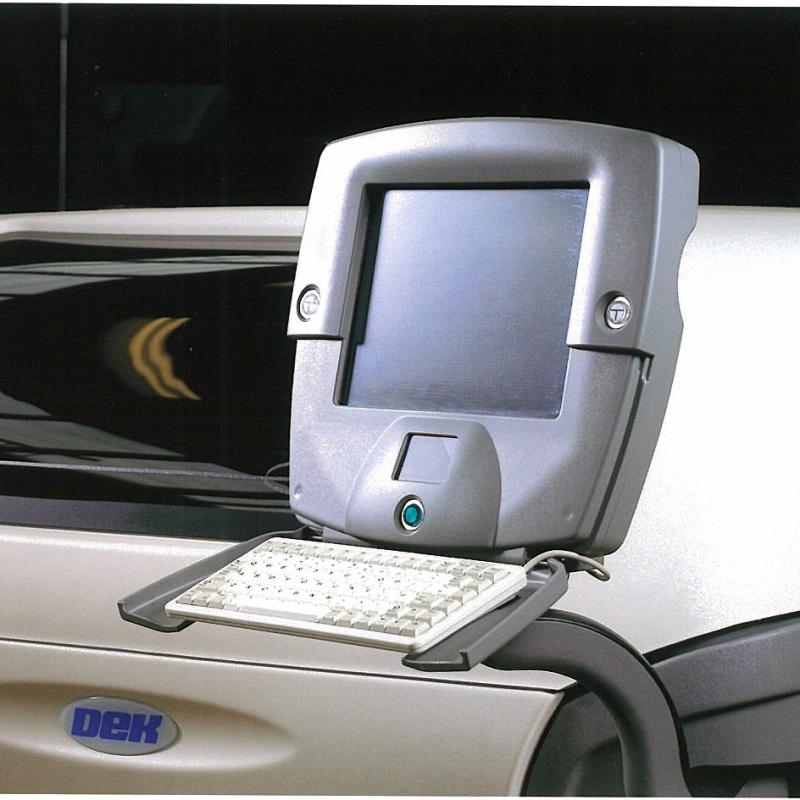

Types Of Printed Circuit BoardĪs we discussed above the printed circuit boards are electronic circuit boards for mounting electronic components on a non-conductive board, and for creating conductive connections between them. Soldering needs precautions on the risk of strips being over heated and destroyed are always there. Disadvantages of Printed Circuit BoardsĪs the copper tracks are very thin they can able to carry less current hence a PCB can not be used for heavy currents because in that case the strips will be heated up and cause problems.

ReliabilityĪll the above factors bring reliability in the performance of the circuit. Mass production can be achieved at lower cost. The electrical noise can be released in the form of heat, radiation, or flickering sound. This leads to low radiation and pickup of electromagnetic waves, thus ensuring lower crosstalk in between components and in between varied traces, which usually is a major concern in electronic circuits.

The electrical components on a printed circuit board are organized in a way that the path lengths of the electrical current between them are as less as possible. If it is not laid out properly, then the noise could significantly degrade the performance of the circuit. Low Electronic NoiseĪ printed circuit board (that has been properly laid out) gives less electronics noise. Tight connections and Short Circuits AvoidedĪs the connections are made automatically through copper tracks, there is no chance of loose connections or short circuit. This is done by solder flux which does not allow them to move irrespective of the movement of the board itself. The most important thing to notice is that all the components on a printed circuit board held fixed to the board. Whereas the printed circuit board takes less time in assembling a circuit as compared to conventional method. The conventional method of circuit connections takes much time to connect the components. Signal paths are often traced during diagnostics. This allows convenience during the installation process as well as repair process. The electronic components and their polarities on a properly designed, printed circuit boards are clearly labeled on the board. If in case of any damage, it’s very easy to check and replace the particular failure components. This, in turn, takes less space in devices. This compactness allows the creation of big and complicated electronic circuits in small form factors. It would be close to impossible to connect these components together with wires without the aid of printed circuit boards.Ī typically printed circuit board offers a simple platform to arrange the electronic components in a compressed and efficient way. Most of these components are very small in size. It makes the interconnections less bulky. On a Printed circuit board, the interconnection between the components is made through copper tracks instead of using a number of current carrying wires.

The advantages of the printed circuit board are discussed below.Ī characteristic PCB includes a large number of electronic components. Printed circuit board offer varied advantages which make them the perfect choice for the manufacturers of electronic components, instruments, and equipment everywhere. It is absolutely possible to develop very large circuits on small printed circuit boards with the availability of very small sized electronic components. All the components are connected from side to side with traces on the board. A basic PCB circuit consists of a very large number of passive and active components. PCB is an acronym for printed circuit board. The printed circuit boards are very vital part of a modern electronic equipment.


 0 kommentar(er)
0 kommentar(er)
